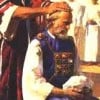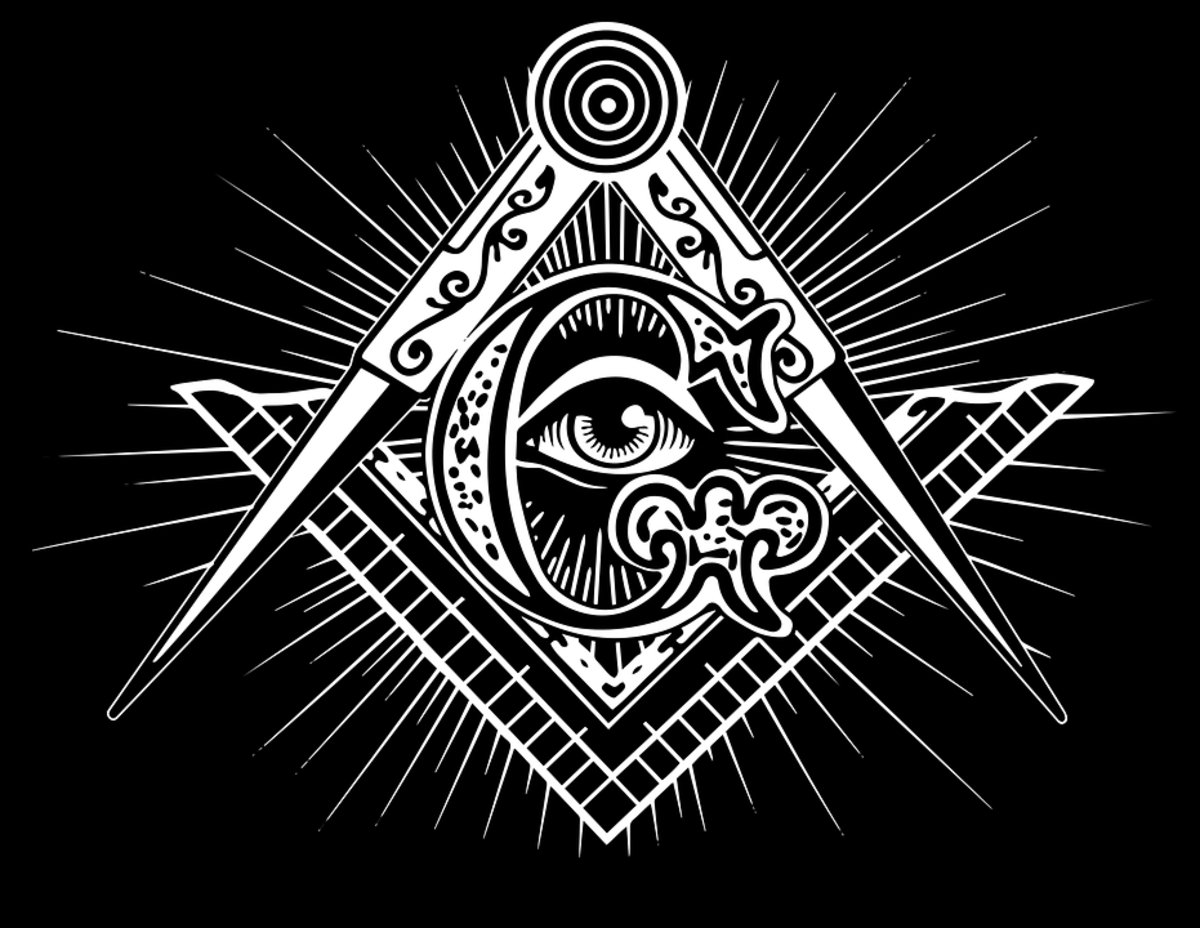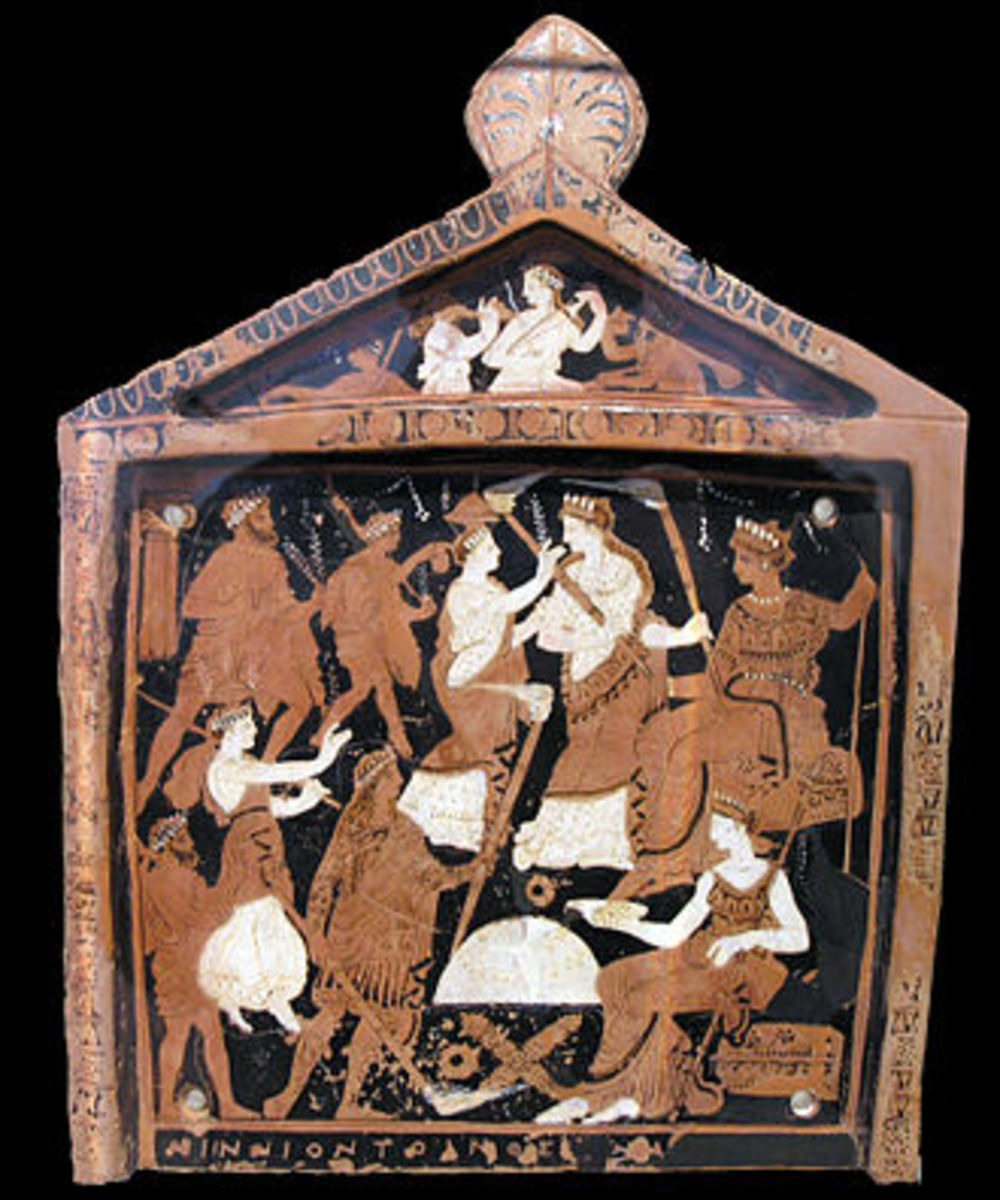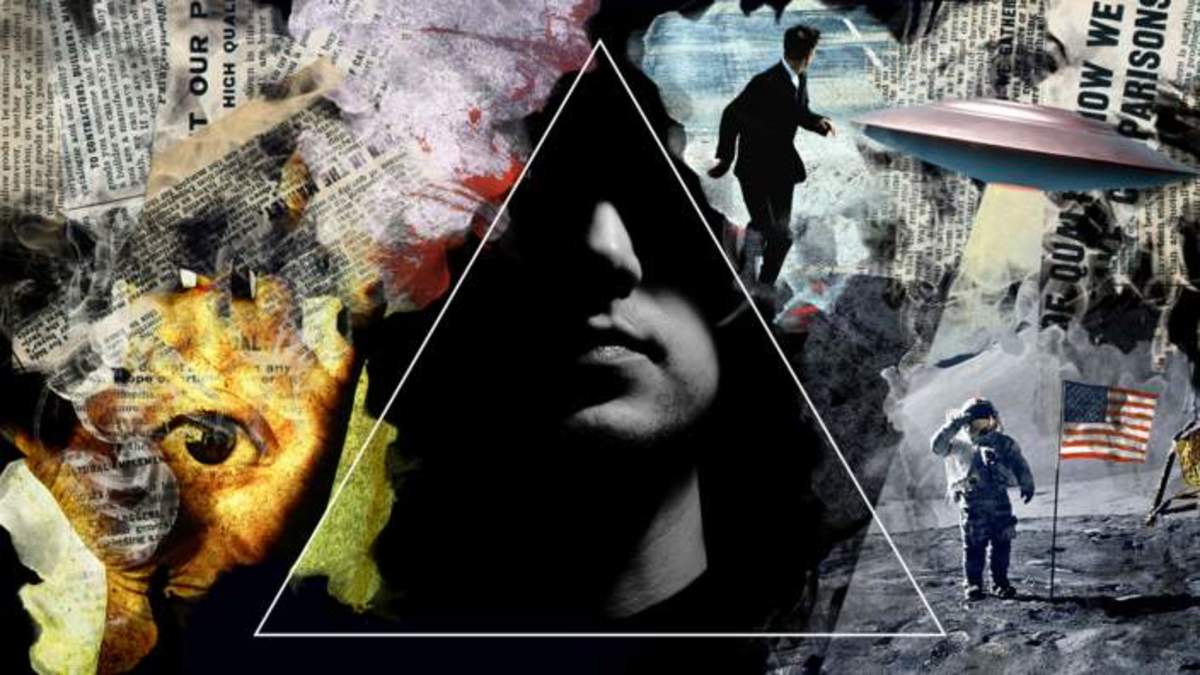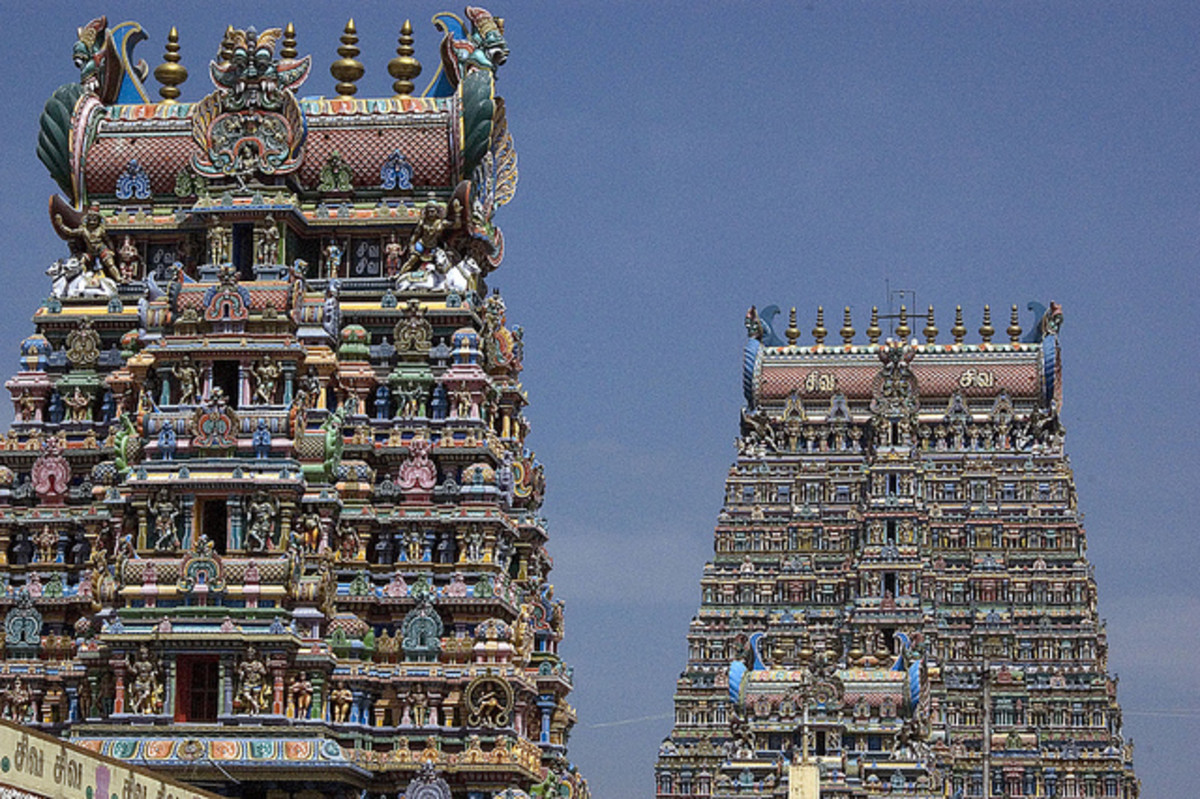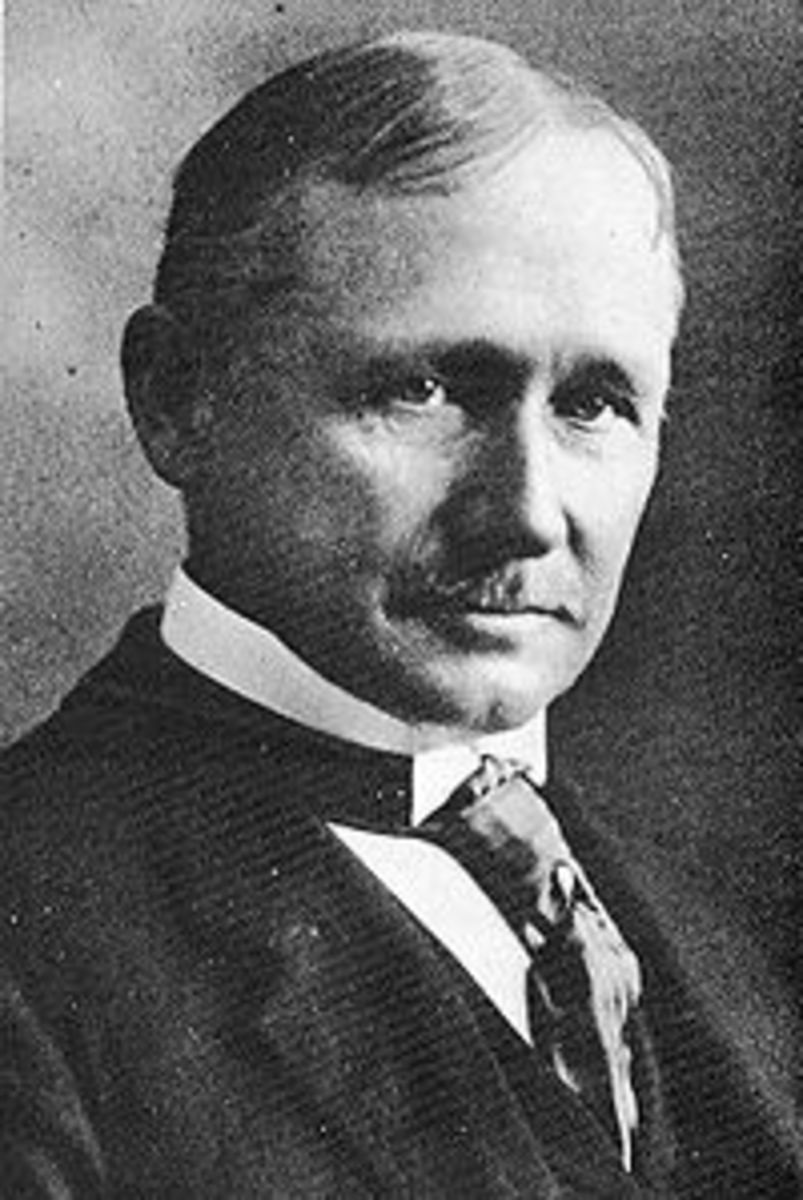Masonic History Part 5
As you may recall, the last hub on Masonic History had just introduced the concept of either a ritual murder of Hiram Abif or a misconceived plot to try and force him to reveal the location of the underground vaults containing the unimaginable amount of wealth of King Solomon’s Temple (http://hubpages.com/hub/Masonic-History-Part-4. That being the case, either scenario indicates that the Masonic version of his death being the result of trying to force him to reveal his Master Mason secrets may not be the actual case. And if he was murdered as a result of the Temple treasure, then it was conceivable that his death would be “covered up” in an attempt to stop others from trying to find the treasure and steal it. Possibly why Hiram Abif’s death is never mentioned in the books of the Bible, yet so important to the rituals of Freemasonry.
I also briefly explained the exclusivity of the priestly family that was appointed by Solomon to work as craftsmen on the inner sanctuary of the Temple. To be more accurate, the first reference of this brotherhood occurs in the Old Testament. As it’s described in Exodus, Moses appointed certain members of specific clans to be the family of craftsman engaged in the maintenance of the Tabernacle. Although not a stone and mortar temple, the Tabernacle was treated in a similar fashion, with the craftsmen trained in metal working, clothmaking, and the manufacture of fabrics. It was under Solomon that these families had to learn a few more skills in order to be master masons. Whereas craftsmen from any family, of any tribe could participate in the construction of the tabernacle, it was only the priestly workers that could perform these tasks for the inner sanctuary, where the priesthood conducted its services. This policy was adhered to equally, when it came time to build the Temple. It was only the priests that had immunity from death should they touch any of the holy implements in the inner sanctuary.

Ancient Freemasons
As we look at the designated responsibilities of the priesthood, ordained to individual families, we can recognise some of the responsibilities that have been preserved in freemasonry. There are the family of the high priests, our worshipful masters in Freemasonry, and as we recognise in some of the higher orders, the position of High Priest still exists. Then there were those families whose sole purpose was to attend to the High priest’s needs. We can think of them as the wardens and junior wardens. Lesser priests who were ordained to carry the standards and regalia of the temple as well as those Levites in charge of the show-breads and those that were in charge of the finances.
Then there were the Levites that guarded the gates of Nicanor, the huge doors leading into the inner sanctuary. Similar roles to that of the tiler in Freemasonry. Overall, the positions and structures within the priesthood are reflected very well by the current structures in Freemasonry and there’s no reason to doubt that there’s an intentional correlation. But once again, this is all supposition. Where is the definitive proof that there was an ancient brotherhood of Freemasons that provided the parentage to the modern fraternity? Perhaps we should take a closer look at what has been recorded in ancient texts as the Eleusinian Mysteries, of which the Pharisees of ancient Israel were known followers. These Mysteries had rites of initiation, division into lesser and greater mysteries, trials that had to be passed before receiving knowledge and secrets to be concealed. It is said that they kept their secrets so well, that we don’t know what they are today. Perhaps, they aren’t as secret as we think. That the rituals and mysteries practiced in Freemasonry are identical to those practiced by the ancient followers of these Eleusinian Mysteries. We can’t uncover their hidden rituals because they aren’t really hidden. From the fourteenth century onwards, we just renamed them Freemasonry.
If this is the case, then there should be some indications that these practisers of the ancient mysteries used words or symbols similar to those we use today. It’s known that the Pharisees addressed one another as “chaver”, translating as “Brother”. When a new member was initiated into the Pharisees, he did so by taking an oath to obey the commandments and the law in the presence of three members. And because Pharisaic practice only came into its own after the destruction of the Temple, it purposely built into its expressions, rituals and practices that were reminders of practices when the Temple still existed. So not only do we have the descendants of the Levite stone masons applying their skills in the civilisations of the Near and Middle East, but we have another Judaic group performing rituals in the same context as speculative masons.
So before I move on from the annals of ancient history to the history of Freemasonry in the dark and middle ages in future hubs, I provide you with these last two items to think carefully about. As you may recall from my very first hub on Masonic history, the modern scholar of Freemasonry sees the existence of the brotherhood being the direct outcome of the First Grand Lodge formed in London on June 24th, 1717. All history, ritual and custom were created and disseminated from that event and point in time. In other words, there was no prior existence of a fraternity of Freemasons and Speculative Masonry had no predecessor from which it inherited its birthright. Nothing more than a fabrication of clever imagination of the eighteenth century according to these people.
If that truly was the case, then next time you’re in New York, take a close look at the base of Cleopatra’s Needle in Central Park and you may be surprised to see that the Masonic signs and emblems exactly as we know them are engraved in the stone. Evidence of an organised Masonic guild in the first century BC. And if that wasn’t convincing enough, then the funeral monument of Lucius Alfius Statius from the second century BC in Aquileia, Italy should certainly do it. Here we see his stone engraved with the compass, square, plumb bob, malleus and chisels, clearly identifying him as a Master Mason and the member of a brotherhood that was marked by these symbols. Just two concrete reminders to us that the nay sayers that claim Freemasonry’s origins are nothing more than the stuff of myth and legend, should take a closer look at our archeological Masonic “history”.
